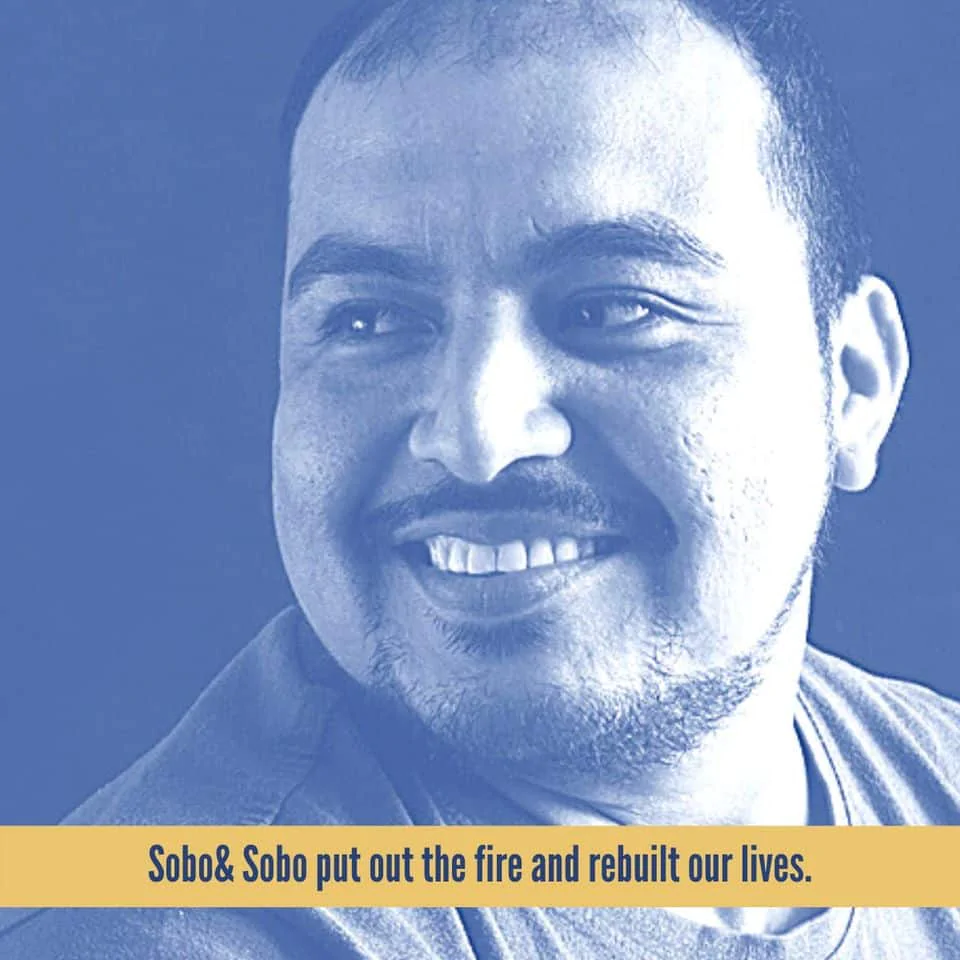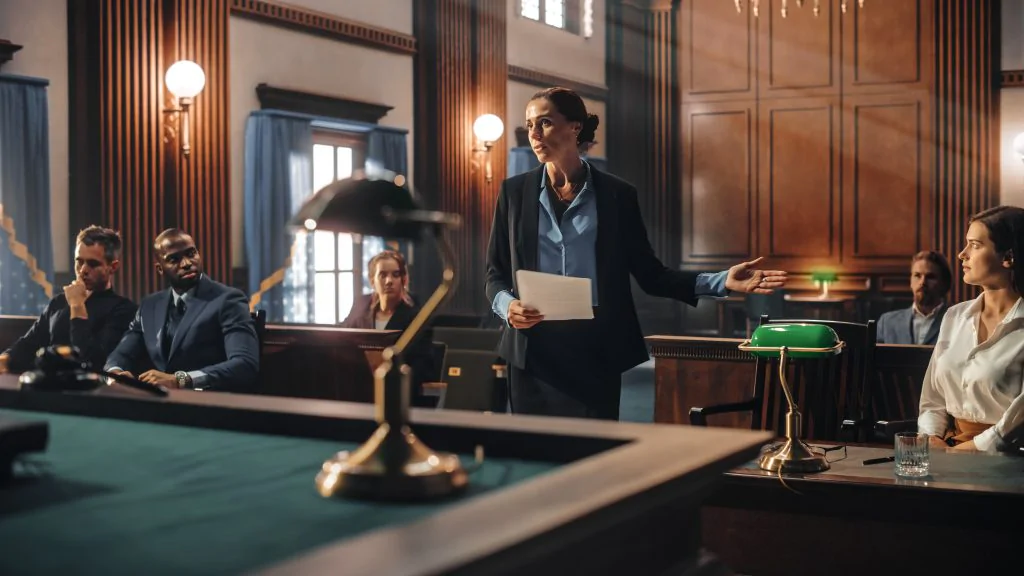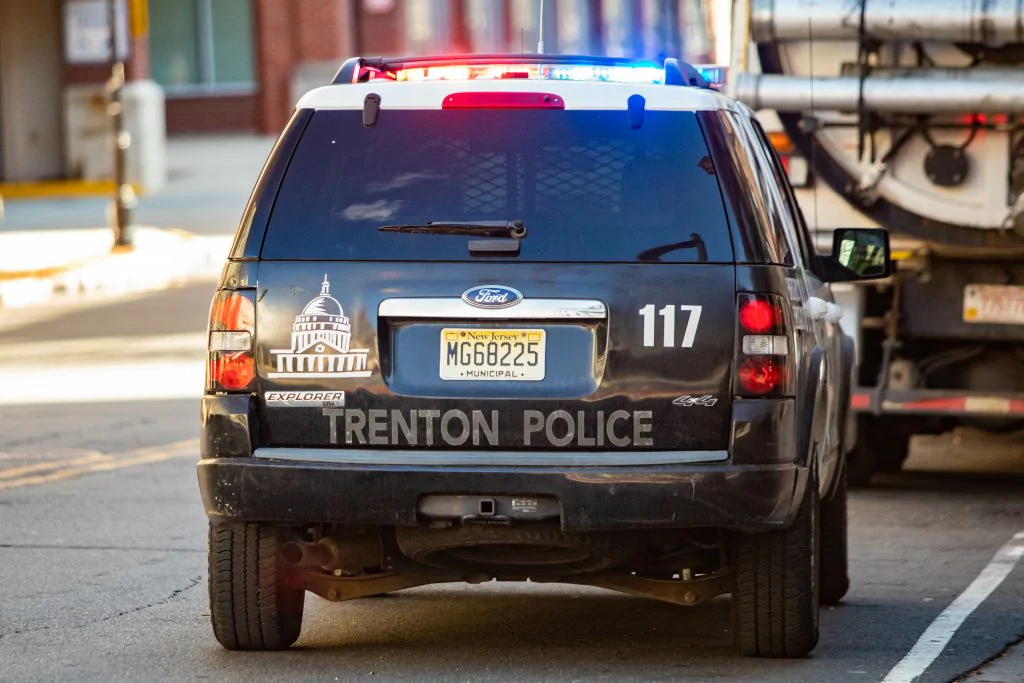Thousands end up in the Emergency Room each Summer because of heat-related injuries and burns. Whether it’s fireworks or sunburn, burn injuries from summertime accidents can be extremely dangerous, and can even claim lives.
The Deadly Side of Fireworks
A 3-year-old boy from the Bronx was left with burns and stitches to his head after illegal fireworks shot through their family’s apartment window in June, 2020. The boy’s father told NBC News the constant explosions sounded just like gunfire.
Not only the Bronx, but the entire tri-state area has experienced a spike in fireworks incidents—so much so that New York Mayor Bill de Blasio formed an illegal fireworks task force. Consumer fireworks are already illegal in New York, and the mayor’s team hopes to nab suppliers fueling this wave of danger.
Fireworks harm thousands of innocent bystanders and children each year. According to the U.S. Consumer Product Safety Commission (CPSC), children younger than 15 years old make up 36 percent of all those burned by fireworks.
Nationwide, non-occupational fireworks took 12 lives during 2019, most related to misuse, according to the CPSC’s annual fireworks report. Fireworks resulted in about 10,000 injuries treated in U.S. emergency rooms. Most of these injuries (an estimated 7,300 in 2020) occur in June and July, likely in connection with Independence Day.
Sparklers may seem like a safe option for children, but recent statistics from the CPSC say otherwise. Sparklers cause an estimated 900 ER visits per year—more so than firecrackers (about 800 reported visits each year) and bottle rockets (approximately 400 annual visits). Sparklers burn at 2,000 degrees, which is intense enough to burn some metals. Sparklers given to children for amusement must be supervised carefully.
Almost 60 percent of reported traumas are for burns on hands, fingers, arms, and legs. And while one might expect injuries to be on the rise in recent years, there’s really been no significant increase between 2004 and 2019, says the CPSC.
When fireworks cause a fire or injure someone, the question is often whether there should be legal action. A fireworks accident in Simi Valley, Calif., triggered as many as five lawsuits when fireworks went into a crowd of close to 10,000 gathered for an Independence Day celebration, injuring several dozen. These lawsuits named everyone from the New York company providing the pyrotechnics to the Rotary Club of Simi Valley, which hosted the event. For accidents close to home, it might be an insurance company that’s paying for damages or perhaps it’s a court-ordered award, as an attorney can help decide.
Common Heat-Related Illnesses
According to the New York State Department of Health, the most common heat-related illnesses are heat stroke (aka sun stroke), heat exhaustion, heat cramps, and heat rash. These can have deadly consequences if left unchecked. Heat stroke (hyperthermia) in particular requires an immediate 911 call and efforts to cool the person down quickly. Classic symptoms are elevated temperature; hot, red, dry, or damp skin; a fast, strong pulse; headache; dizziness; nausea; confusion; and loss of consciousness, says the Centers for Disease Control and Prevention (CDC).
With intense dehydration, the body’s cooling mechanism cannot work, and temps rise to 105 degrees Fahrenheit or higher causing neurological damage, according to Harvard Health. The heat stroke victim could spend one or more days in the hospital and still feel the effects on organs for two months to one year afterward, according to Harvard Health.
Heat exhaustion is one step away from heat stroke, and requires efforts to cool the victim down by moving him to a cool place; loosening clothing; applying cool, wet cloths to neck, face, and arm; and giving slow sips of water. CDC identifies the symptoms as intense sweating; cool, pale, and clammy skin; fast, weak pulse; nausea or vomiting; muscle cramps; tiredness or weakness; headache; dizziness; and passing out. Since heat exhaustion can easily turn into heat stroke, it’s important to get medical help if symptoms worsen, last longer than an hour, or are accompanied by vomiting.
Heat cramps are muscle pains resulting from physical labor in a hot environment. Look for heavy sweating and muscle pain or spasms. The CDC recommends ending the physical activity and moving to a cool place, drinking water or a sports drink, and waiting for the cramps to subside before resuming activity. Often no medical help is needed unless cramps last longer than an hour or there is a history of heart problems or a low-sodium diet.
Not usually life-threatening, heat rash means red clusters of small pimple-like blisters and is best resolved by staying in a cool, dry place, keeping the rash dry, and using powder to soothe the skin.
Some jobs require long periods out in the hot sun, which can make workers prime candidates for heat-related illness and death. The Occupational Safety and Health Administration has come up with measures employers should take to prevent heat sickness, including plenty of cool water located convenient to work areas, training of workers and supervisors on prevention, and acclimating a new worker to job demands. Like any job-related illness, heat-related ailments can be handled through workman’s comp or through a lawsuit filed against an employer.
Another summertime woe, sunburn results from overexposure to UV light and can take several days to heal, sometimes even needing medical treatment. Most sun worshipers know this burn for its painful, warm, and red skin as well as blisters on the skin. It’s best treated with a break from sun exposure until healed, cool cloth or a cold bath, and moisturizing lotion. Also refrain from breaking any blisters that form, as this can greatly delay or even halt the healing process.
Many times, sunburns go away on their own but see a doctor if there’s no improvement or one of the following symptoms: blisters covering a large portion of the body, signs of infection, and severe swelling.
Child Safety & Barbecue Burns
Summer BBQs are about as American as it gets. However, accidents do happen around grills, and these often involve children. Roughly 2,000 kids under 5 were burned around grills per year between 2014-18, often after bumping into the grill and hot objects, says the National Fire Protection Association.
The total number of Emergency Room visits resulting from barbecue burns during that same time period was 19,700 per year (on average), and nearly half of those injuries (9,500) were thermal burns. Thermal burns are burns caused by contact with flames, hot liquids, hot surfaces, and other sources of high heat as well as chemical and electrical burns, says the CDC.
When a cookout goes wrong, the CDC advises that serious burns require medical attention and to stay away from ointments or home remedies such as butter, as they can trigger an infection. Steps also should be taken to prevent shock by elevating the feet 12 inches with the victim in a flat position. There should be no pillow under the head so as not to close the airway, which also may have been burned. If the face is burned, the victim should be required to sit up and monitored for possible breathing trouble.
Consumer Reports also recommends immersing the wound in cool water, but never ice, for 15 to 20 minutes, after removing clothing and jewelry near the burn. Then gently wash with soap and water and protect the wound by covering it with non-stick sterile gauze or a clean cloth, not cotton. For the pain and to reduce inflammation, try aloe-vera gel, ibuprofen, or naproxen.
Many times, burns will go away in time, but if blisters are bigger than a thumbnail, it’s best to get medical help. Burns can go deep into the skin or even the muscle and bone, sometimes damaging the nerves, which may block the pain sensation to some extent.
Burns involving children under 5 or adults over 70 always should get a doctor’s attention. Similarly, burns in sensitive areas of the body like the face or fingers usually require immediate medical attention as well as those associated with infection and elevated temperature. When a burn is severe or life-threatening and the result of another’s negligence, like the grill’s manufacturer, a personal injury attorney can help determine the best legal recourse.
Contact a Burn Injury Attorney in New York
Summer has many opportunities for fun, but a little caution and knowing how to treat the season’s most common injuries can go a long way to protecting family and friends.
If you or someone you know has suffered a burn injury due to the negligence of a third party, call the personal injury lawyers at Sobo & Sobo for a free consultation. With over 50 years of experience winning cases for injured victims across the Hudson Valley and New York City, they know what it takes to maximize your compensation, and win the justice you deserve.




